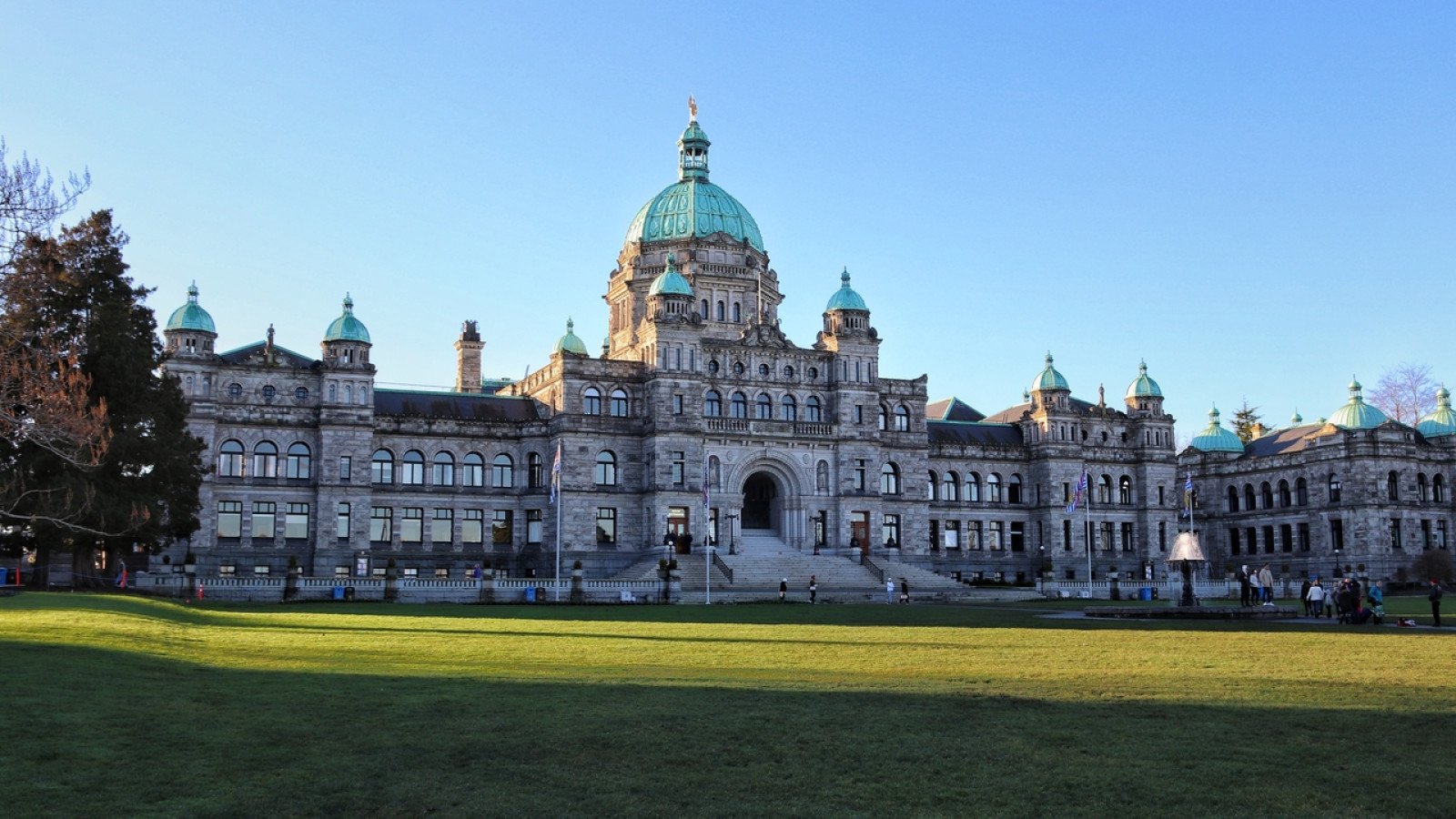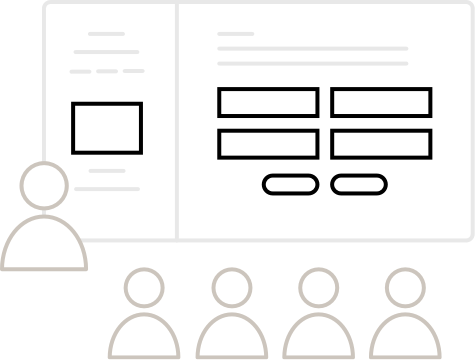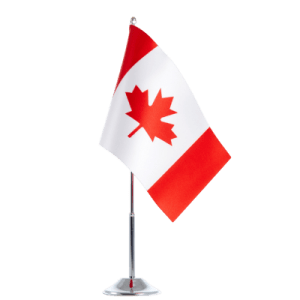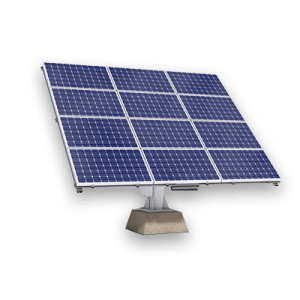Climate change policies
How can government policies help protect the environment and fight climate change?

Overview
Students work together in a jigsaw activity to discuss what they know about government policies and learn more about how specific policies can help fight climate change. Then they’ll test what they’ve learned with an online quiz.
Single screen mode
A single screen and laptop is used for watching the video and answering questions together as a class.
Before you begin, make sure:
- You’re connected to the internet
- You’re projecting your screen for the class to see

Need help with using quiz activities in the classroom?
Check out
our
Getting started guide.
Multi-player mode
Multi-player mode allows you to run the activity while your students participate (either individually or in small groups) on their own phones, tablets, or computers.
Before you begin, make sure:
- You and your students are all connected to the internet
- You’re projecting your screen for the class to see
Need help with using quiz activities in the classroom?
Check out
our
Getting started guide.
Instructions
What you'll need
- “Climate change policies” worksheet, one per student
- “Climate change policies” backgrounders, one per group of students
- “Climate change policies overview” diagram
What do you know about policies?
- Have students think about what they know about policies. Ask students these questions and have them share ideas with a partner and then as a class.
- What is a policy? Who makes them? Policies outline what a government or governing body is going to do to achieve their goals.
- What are some school policies?
Climate change policies
- Governments around the world are creating policies to mitigate (reduce causes) and adapt (adapt to changes) to climate change.
- Show students the “Climate change policies overview” diagram.
- Review the four levels of government (municipal, provincial, federal and international) and climate change policy example for each.
Jigsaw activity
- Explain the jigsaw activity. Students work together in both a “home group” and an “expert group”.
- Create groups of four to form “home groups”. Each student teaches their group about one of the policies from the diagram.
- Provide each group with the four policies from the “Climate change policies” backgrounders. Students choose one of the backgrounders to learn more about.
- Students find other students with the same backgrounder to form “expert groups”. Depending on class size, you may form two expert groups for each backgrounder.
- In their expert groups, students read the backgrounder to themselves, discuss it together and decide key points to share with their home group.
- Students return to their home groups and take turns sharing key points from their backgrounder while others take notes on page 1 of the “Climate change policies” worksheet.
- Debrief the activity before students complete page 2 of the worksheet.
Quiz
- Complete the online quiz together as a class or with each students' individual devices.
Modify or extend this activity
Extensions
- Show students this interactive map from the government of Canada to find climate action projects around the country.
- Have students research other climate change policies such as:
- UN Sustainable Development Goals including climate action, affordable and clean energy and sustainable cities.
- Your community’s climate action plan including key goals and targets.
Curriculum Fit
Core competencies
Communication
- Communicating
Personal and social
- Social awareness and responsibility
Social Studies 10, 11, 12
Big ideas
- The development of political institutions is influenced by economic, social, ideological and geographic factors. (Grade 10)
Content
- Environmental, political and economic policies including climate change and renewable energy (Grade 10)
Curricular competencies
- Use Social Studies inquiry processes and skills to ask questions; gather, interpret, and analyze ideas and data; and communicate findings and decisions
Science 11, 12
Big ideas
- Scientific understanding enables humans to respond and adapt to changes locally and globally (Science for Citizens 11)
- Living sustainably supports the well-being of self, community and Earth. (Environmental Science 12)
Content
- Actions and decisions affecting the local and global environment, including those of First Peoples (Science for Citizens 11)
- Mitigation and adaptations (Environmental Science 12)
- Personal choices and sustainable living (Environmental Science 12)
Curricular competencies
Questioning and predicting
- Demonstrate a sustained intellectual curiosity about a scientific topic or problem of personal, local or global interest
Communicating
- Communicate scientific ideas, information and suggested course of action for a specific purpose and audience
Assessments
- Assess students’ ability to communicate clearly and effectively in class discussions, with their expert group and while sharing with their home group.
- Assess students’ ability to synthesize information and identify key points using the “Climate change policies” worksheet.
- Assess student understanding of policies from “Climate change policies” worksheet and the quiz.
Teaching Notes
Policies
Policies outline what a government or governing body is going to do to achieve their goals. Schools have policies that set out expectations for behaviour (safety, attendance, code of conduct etc.) and norms at school. School districts have developed policies and climate action plans that establish targets and strategies.
Energy and climate change
We use energy in our daily lives in many ways. We use it to get to school, power our lights, cook our food, heat our homes and make and transport goods. Some of our energy comes from clean renewable sources like the sun, wind and water. In B.C., 97 per cent of electricity is generated from water, a clean and renewable source.
Burning fossil fuels (coal, oil and natural gas) releases greenhouse gases into the environment that had previously been trapped underground. Greenhouse gases, including carbon dioxide, methane and nitrous oxide, trap heat from the sun and warm the Earth. Activities that use fossil fuels (transportation, manufacturing, heating, etc.) generate most greenhouse gas emissions in B.C.
Our energy choices
Our energy choices impact the environment when fossil fuels are burned, releasing greenhouse gases. When we use less energy and choose clean renewable energy sources, we reduce our impact on the environment and help care for the Earth now and for future generations. Every little action adds up to making a big difference and creating a sustainable energy future.








